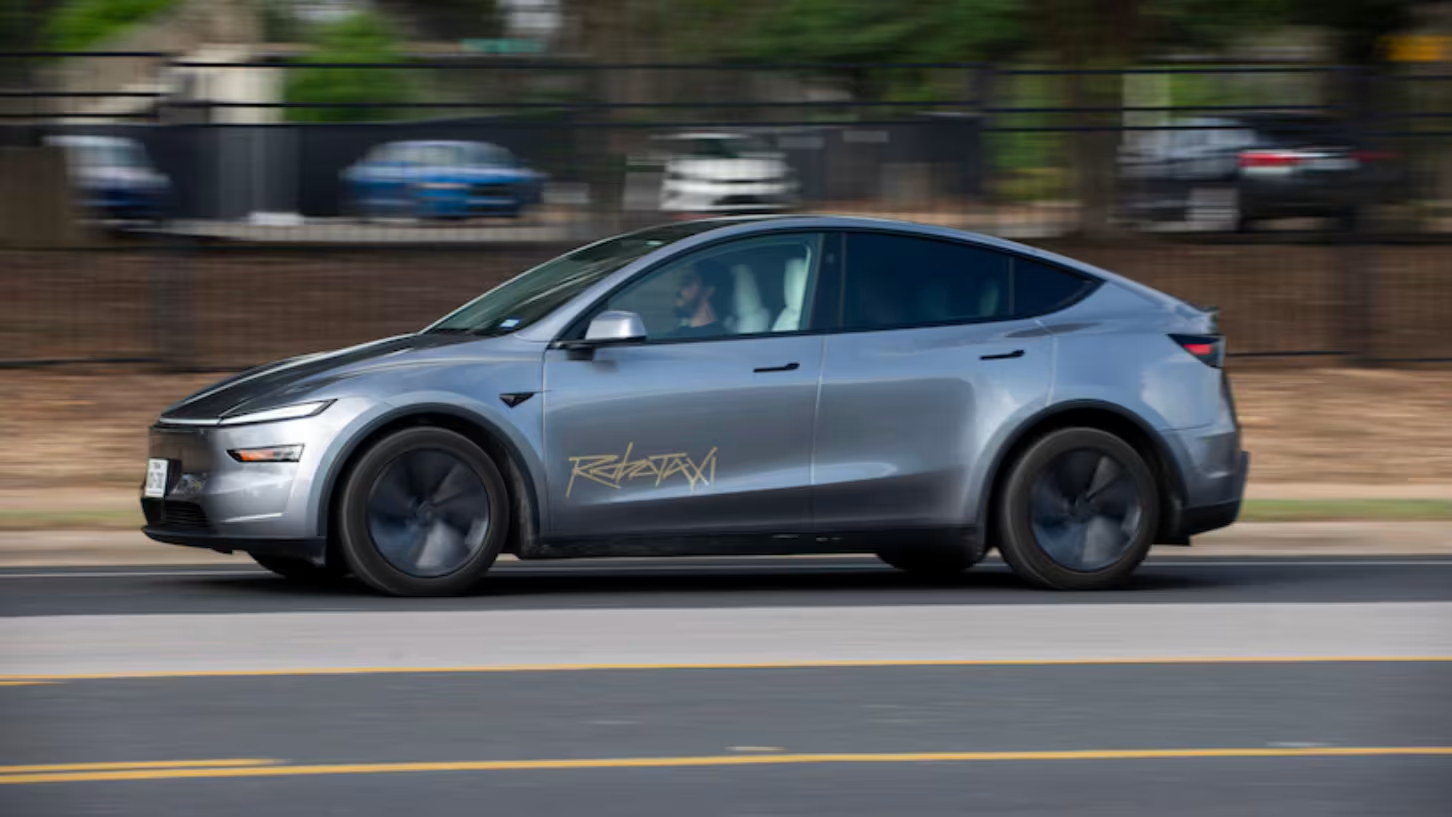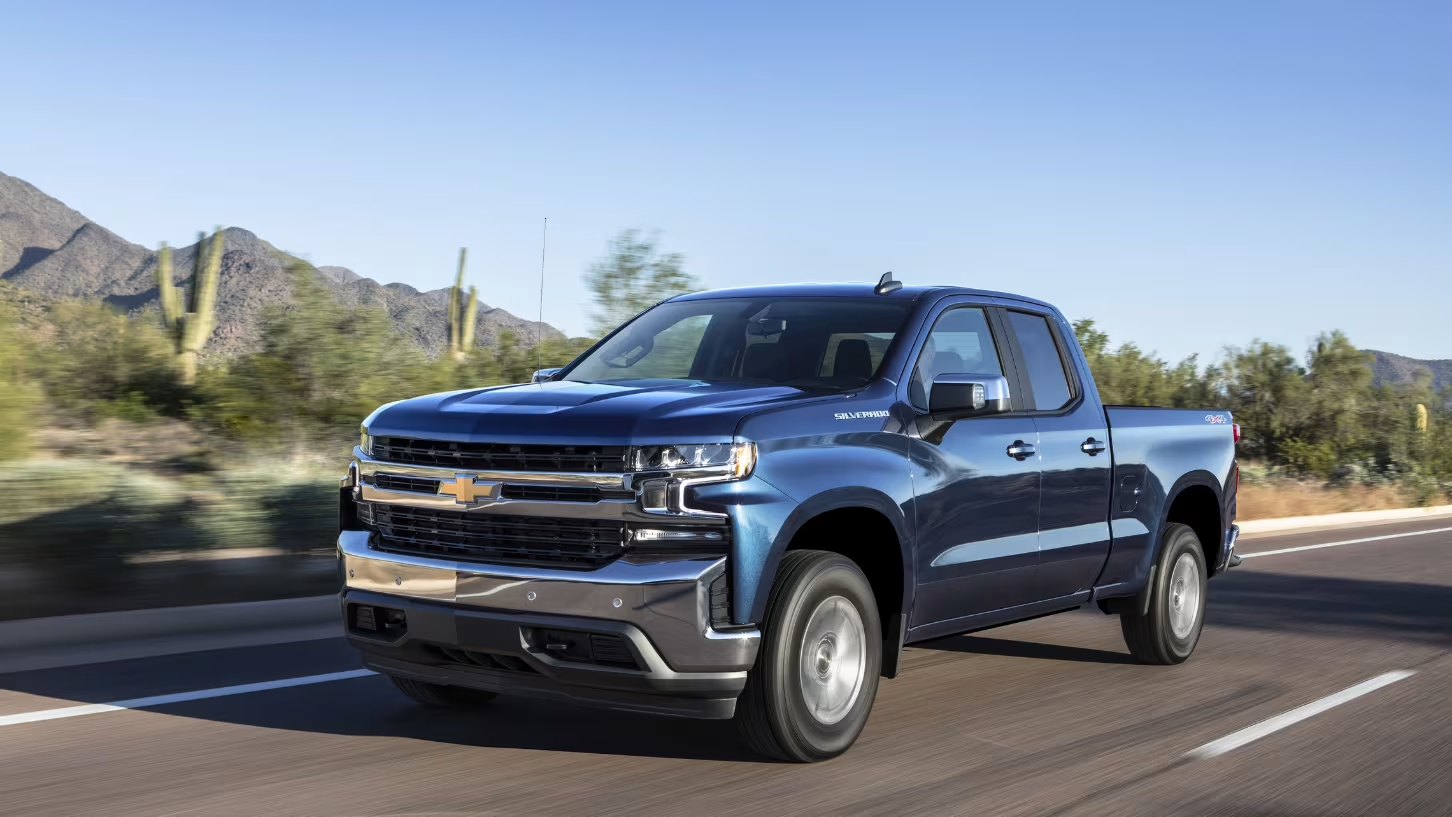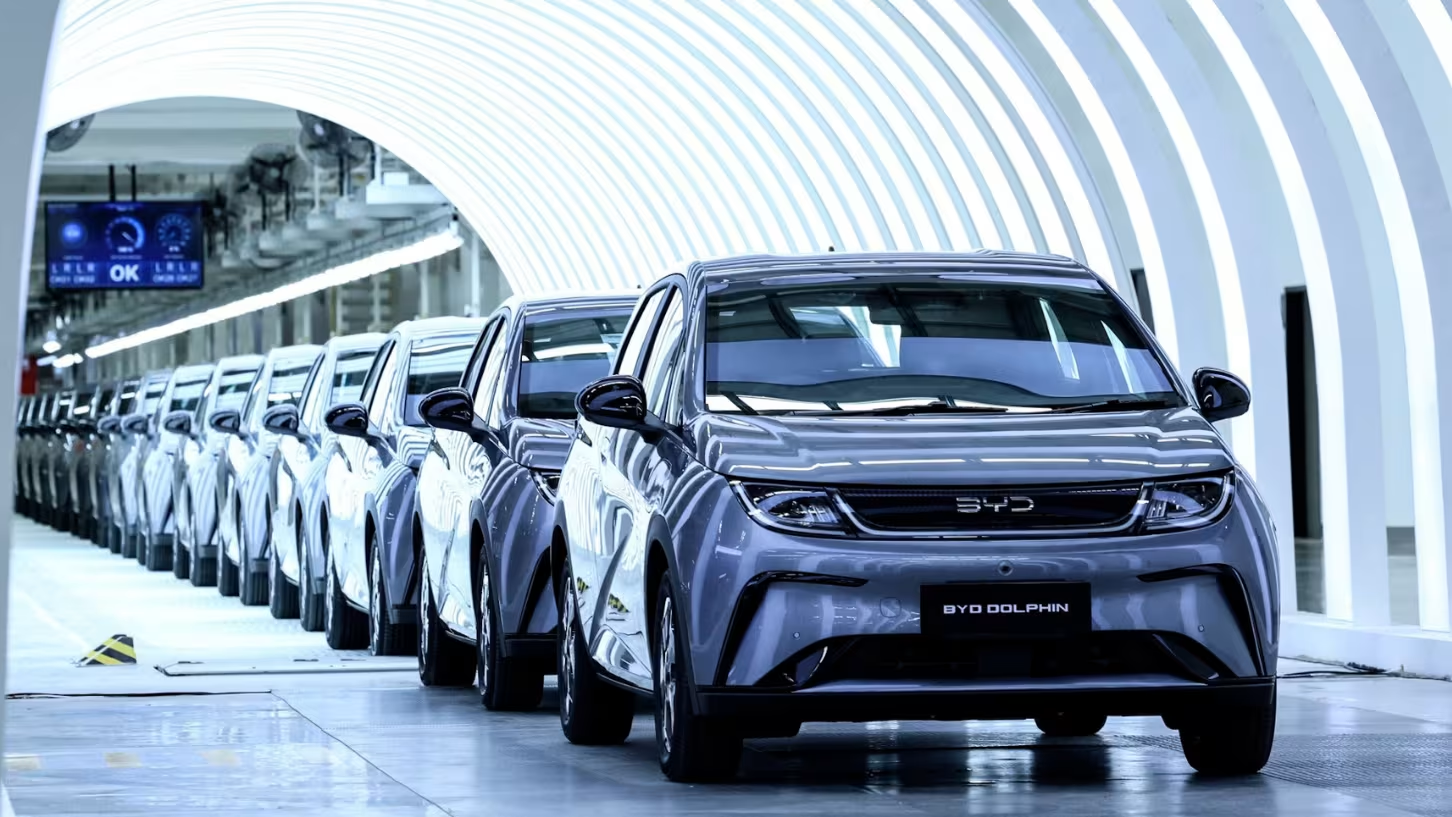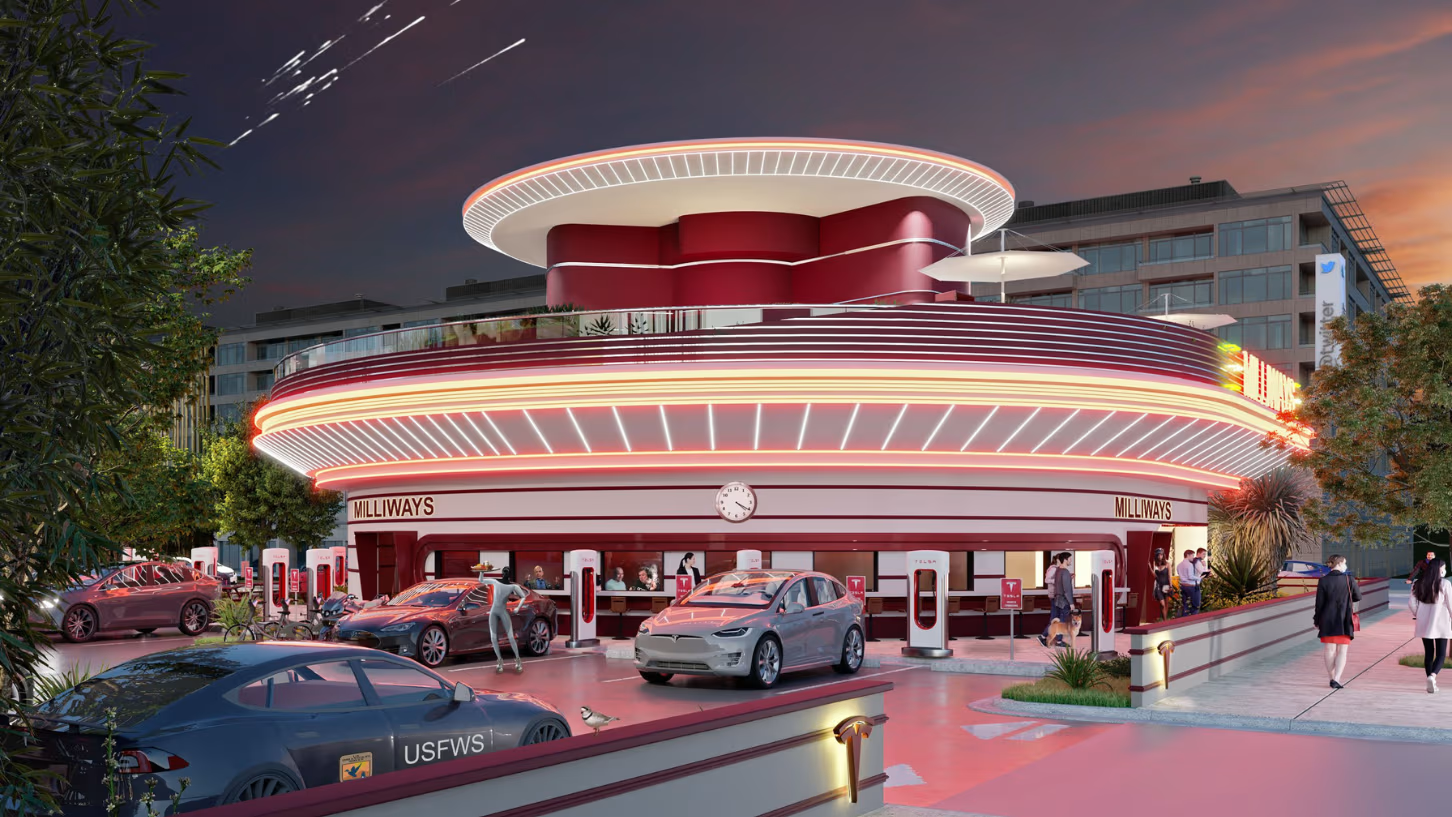Tesla robotaxi service has officially taken its first public steps in Austin, Texas, marking a monumental milestone in the company’s decade‑long mission to revolutionize transportation. On June 22, 2025, Tesla launched a pilot robotaxi program in the South Congress neighborhood, rolling out approximately ten self‑driving Model Y vehicles equipped with front‑seat safety monitors and a flat rate of $4.20 per ride. This is the first time Tesla vehicles—with no one in the driver’s seat—have carried paying passengers, underscoring CEO Elon Musk’s ambition to take Tesla beyond electric cars and into full autonomy.
Tesla robotaxi service expands Austin’s mobility landscape.
The Genesis of Tesla’s Robotaxi Dream
Elon Musk has pledged to self‑driving cars since the early 2010s. Over the years, Tesla has steadily built its Full Self‑Driving (FSD) software and in‑house AI chips from scratch. The culmination of this effort is being tested today on public roads. Musk stated that this rollout is the “culmination of a decade of hard work,” and the pilot represents not just marketing bravado, but a bet that Tesla’s vertically integrated autonomy stack—from custom chips to vision‑only sensor suite—can deliver real‑world safety and scalability.
Trial Details: Price, Safety, and Scope
Geofenced area: The service is currently confined to parts of South Congress Avenue in Austin, selected to reduce exposure to complex driving scenarios.
Safety monitors: Though no driver occupies the steering wheel, a Tesla employee sits in the front passenger seat and can intervene if needed.
Flat fare: Each ride costs $4.20 — it’s an ambitious pricing model that aims to disrupt the current ride-hail economy.
Invitation‑only launch: The early riders were social media influencers and select users who were invited to test the vehicle and share their real-time experience through Tesla’s app.
Limitations in place: Tesla will avoid poor weather, underage riders, and complicated intersections until the system is deemed mature.
Why Austin?
Choosing Austin isn’t arbitrary—Tesla’s Gigafactory Texas and mobile operations are centered there, offering an ideal proving ground. Additionally, Texas recently enacted autonomous vehicle legislation effective September 1, mandating Level 4 autonomy permits and first-responder coordination. While this regulatory environment is lighter than California’s, it introduces accountability that may help Tesla scale more confidently.
Tesla’s Technological Edge: Vision Over Lidar
Tesla distinguishes itself by relying solely on camera‑based computer vision, rejecting the lidar/radar stacks used by rivals like Waymo and Cruise. The rationale? Cameras are mechanical‑sensor‑lean, cost‑effective, and scalable. Musk has reaffirmed that Tesla would be “super paranoid about safety” and that conservative geofencing helps mitigate risk.
The Competitive Landscape: Waymo, Zoox & Beyond
Tesla enters a market already occupied by Waymo, which offers completely independent ride‑hail services in Phoenix, San Francisco, and Las Vegas with a fleet surpassing tens of thousands of rides weekly. Zoox, backed by Amazon, is nearing its commercial debut. However, Tesla holds unique advantages: over‑the‑air (OTA) updates to convert existing vehicles, and the potential to scale its network using customers ‘ own, forming a vast “Tesla Network”.
Regulatory Scrutiny & Safety Oversight
Before launching in Austin, Tesla responded to inquiries from the National Highway Traffic Safety Administration (NHTSA). Among their concerns are performance under poor visibility and remote supervision protocols. Texas’s new law requires Tesla to obtain a permit from the DMV by September 1, setting a new benchmark for safe Level 4 deployment.
Market Implications & Tesla Valuation
Tesla’s stock is richly priced in autonomous capabilities. A successful robotaxi launch would not only unlock new recurring revenue streams but also reinforce confidence in Tesla’s AI and electronics strategy. Analysts like Carnegie Mellon’s Philip Koopman have cautioned that this is “the end of the beginning—not the beginning of the end,” with scale inevitable yet years away. Still, rivals’ stumbles, such as GM Cruise’s setbacks, make Tesla’s success vital.
What Comes Next?
Tesla’s next steps appear to include:
- Expand beyond Austin, targeting Los Angeles, San Francisco, and other metro areas. Musk suggested public service could begin in multiple states by year’s end.
- Deploy next-gen vehicles like the Cybercab and Robovan by 2026—steering wheel‑ and pedal‑free, purpose‑built for autonomy.
- Convert existing fleet via OTA, turning everyday Teslas into income‑generating driverless assets.
- Meet regulatory thresholds, which remain key to unlocking new jurisdictions and expanding operations.
Final Thoughts: A Turning Point or Just the Beginning?
The Austin pilot is a pivotal bankruptcy in Tesla’s tale—no longer absolutely a PR stunt, but a tangible step toward self-sustaining mass transit. Achieving scale hinges on protection, software maturity, regulation, and client agreement. For now, the $4.20 robotaxis serves as proof of concept—but as Tesla aims for millions of units by 2026, the world will be watching.
Tesla’s robotaxi service isn’t just a headline—it’s the first public ride on the road to planetary‑scale autonomy.



